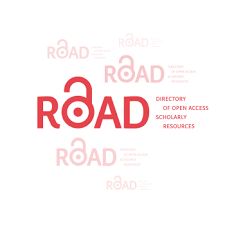Penerapan Model Pembelajaran Conceptual Understanding Procedures (CUPs) Terhadap Hasil Belajar Siswa Kelas X SMAN 2 Teluk Keramat pada Materi Kalor dan Perpindahannya
DOI:
https://doi.org/10.31571/jpsa.v1i1.923Keywords:
Conceptual Understanding Procedures (CUPs), Hasil belajar, Kalor dan PerpindahannyaAbstract
Downloads
References
Cakir, Mustafa. (2008). Constructivist Approaches to Learning in Science Their Implication for Science Pedagogy: A Literature Review. International Journal of Environmental & Science Education, 3 (4): 193-206.
Gunstone, Dick., McKittrick, Brian., & Milhall, Pam. 2009. CUP - A Procedure for Developing Conceptual Understanding. Prosiding PEEL Conference.Australia: Monash University.
Ismawati, Fera. (2013). Penerapan Model Pembelajaran Conceptual Understanding Proceddures untuk Meningkatkan Curiosity dan Pemahaman Konsep Siswa. Jurnal Pendidikan Fisika Indonesia p-ISSN: 1693-1246.
Hidayati, Faury & Sinulingga, Karya. (2015). Pengaruh Model Pembelajaran Conceptual Understanding Procedures (CUPs) terhadap Hasil Belajar Siswa pada Materi Pokok Listrik Dinamis di Kelas X Semester II SMA Negeri 1 Binjai T.P 2014/2015. Jurnal Inpafi Volume 3 Nomor 4 Nopember 2015.
Downloads
Published
How to Cite
Conference Proceedings Volume
Section
License
Authors who publish with this journal agree to the following terms:
Authors retain copyright and grant the journal right of first publication with the work simultaneously licensed under a Creative Commons Attribution License that allows others to share the work with an acknowledgment of the work's authorship and initial publication in this journal.
Authors are able to enter into separate, additional contractual arrangements for the non-exclusive distribution of the journal's published version of the work (e.g., post it to an institutional repository or publish it in a book), with an acknowledgment of its initial publication in this journal.
Authors are permitted and encouraged to post their work online (e.g., in institutional repositories or on their website) prior to and during the submission process, as it can lead to productive exchanges, as well as earlier and greater citation of published work.

 Download: 163
Download: 163










